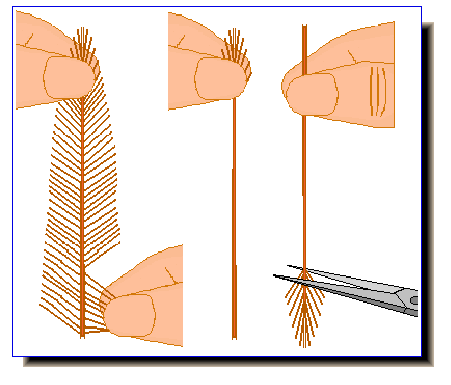
1. Take a long hackle from a rooster neck or saddle. If you take one from a neck, get one from the back of the neck where they are long and the barbs are too long for most uses. Strip the hackle barbs from the stem and clip the tip off.
QUILL BODY FOR DRY FLY
Quill bodied flies are tied with several different types of materials, hackle stems (in various colors) and stripped peacock herl are the most popular. The red quill uses a brown hackle stem that has been stripped of all hackle barbs. If you have already tied the light cahill, you can use a cream hackle stem instead of the dubbed body and you then have a cahill quill. Any dry fly with a dubbed body can be tied in the quill variation by just substituting a hackle stem of the appropriate color in place of the dubbing. I think quill bodies float better because dubbing soaks up water and quill bodies have a sharper silhouette and represent a more accurate insect body. Tie up all your favorite pattern in quill bodied form and see if they don't float better and, most important, catch more fish.

1. Take a long hackle from a rooster neck or saddle. If you take one from a neck, get one from the back of the neck where they are long and the barbs are too long for most uses. Strip the hackle barbs from the stem and clip the tip off.
|
Blue thread is used for better illustration. One rule of thumb in thread selection is use thread that is the same color as the hackle stem. That way, if you develop a gap in the stem wraps, it doesn't show up as bad. 2. Hold the hackle tip of the hackle stem against the hook shank where you tied in the tail. Make a loose wrap of thread around the stem and hook shank. Tighten thread. |
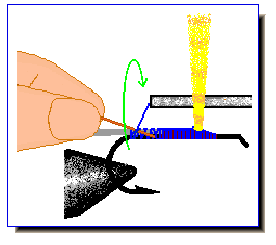 |
| 3. Wrap forward and leave thread hanging in front of the wing. | 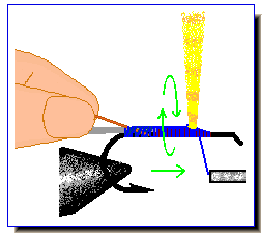 |
| 4. Take the hackle stem and start wrapping. Make the first wrap right where the tail meets the hook shank and so the first wrap covers the thread. Wrap forward so that each stem wrap is snuggled close to the previous wrap. Do not let wraps build on top of others. | 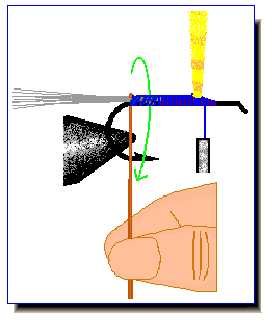 |
| 5. Wrap to behind the wing. | 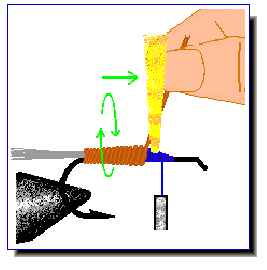 |
| 6. Tie off with 4 or 5 thread wraps. | 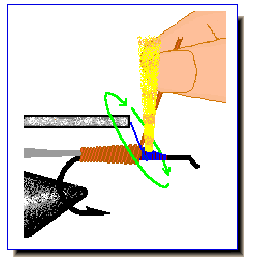 |
| 7. Cut excess hackle stem.
You are now ready to: Wrap Hackle for red quill or light cahill. |
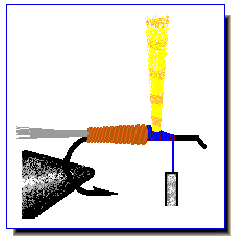 |